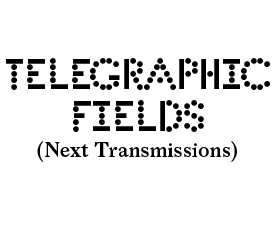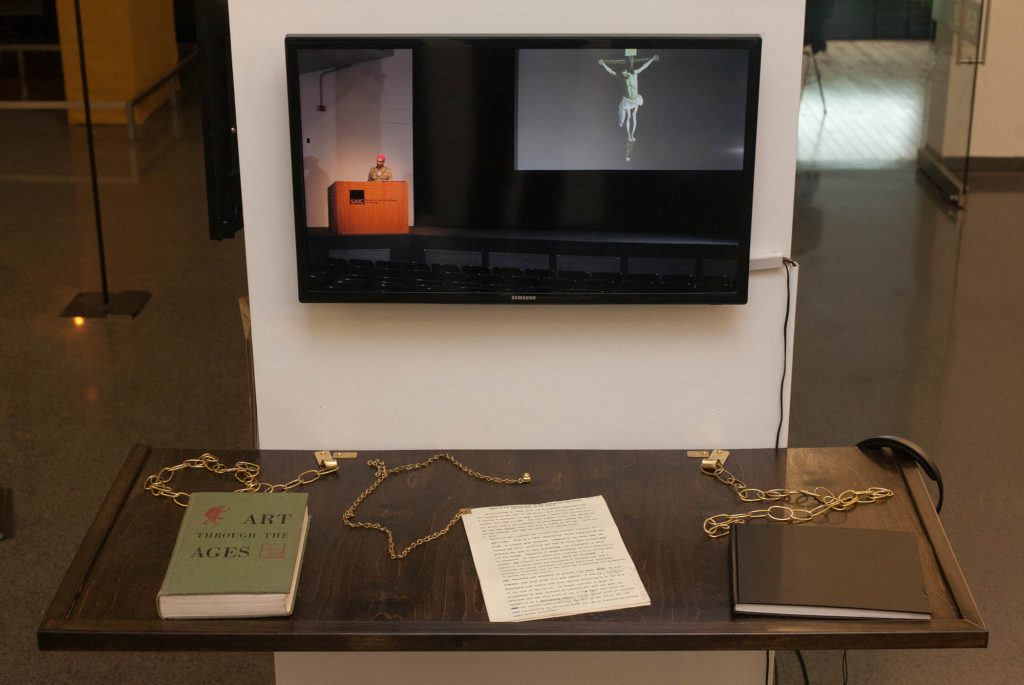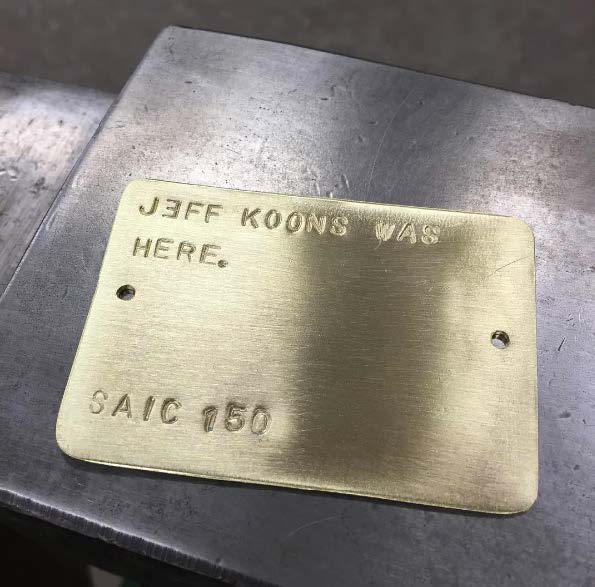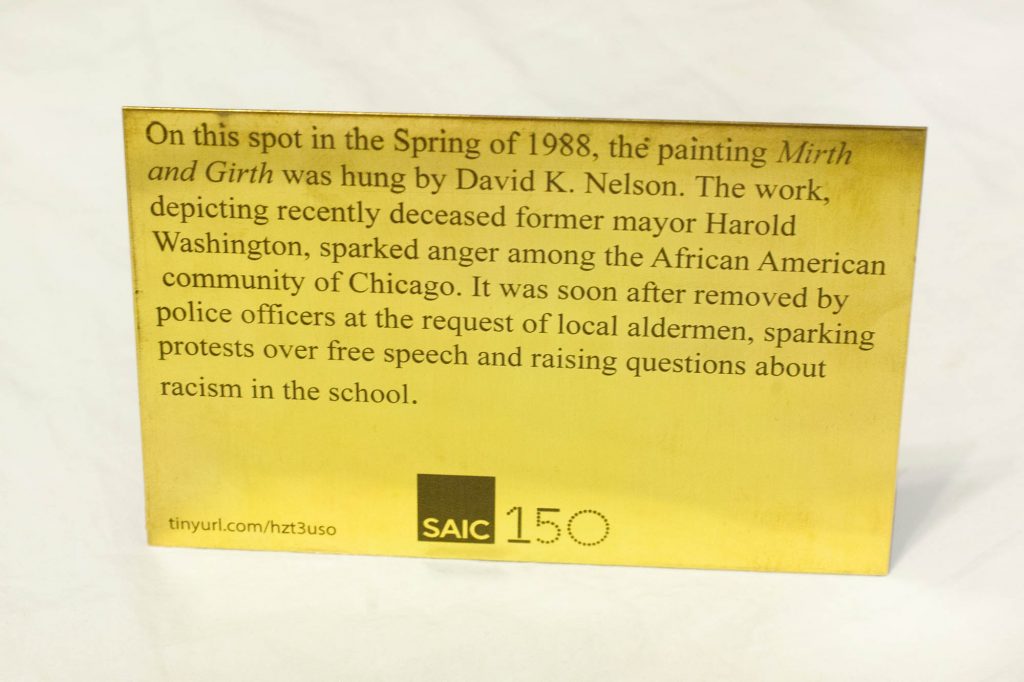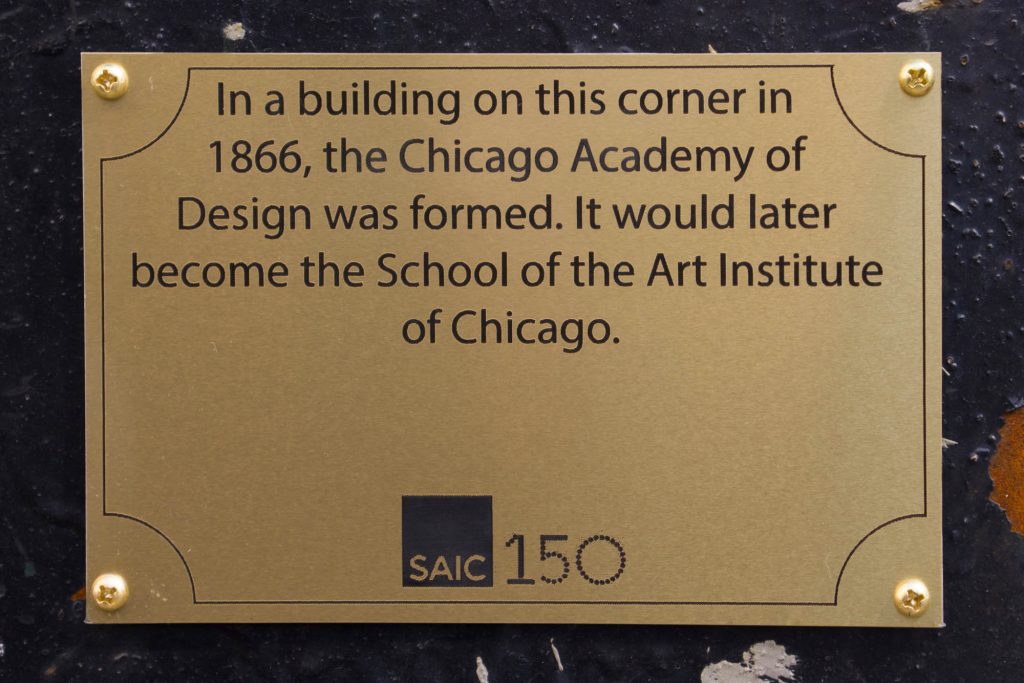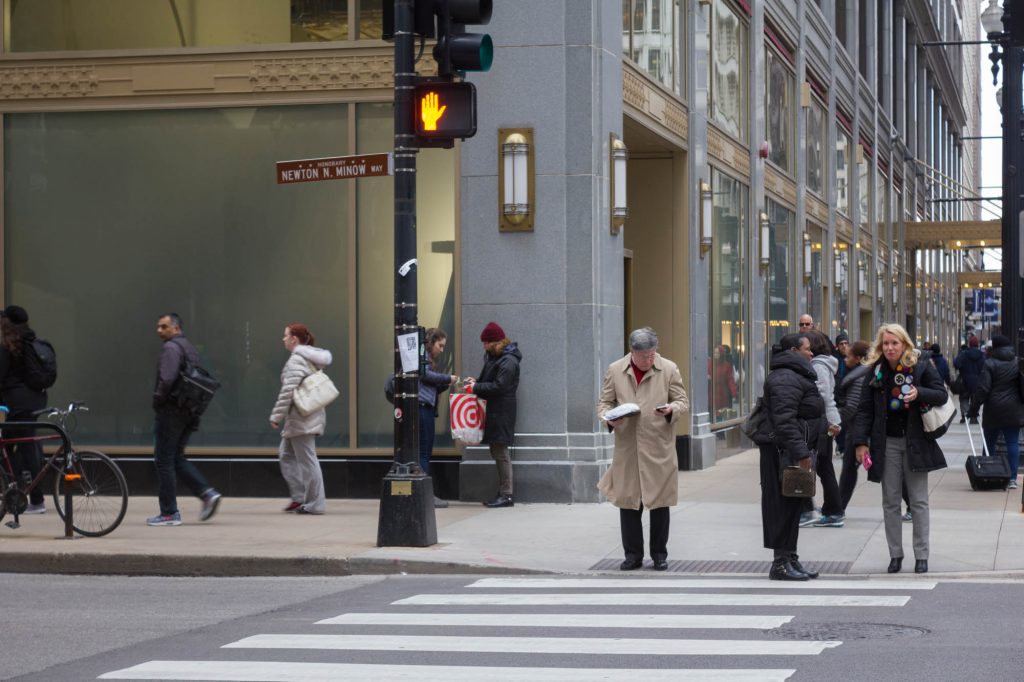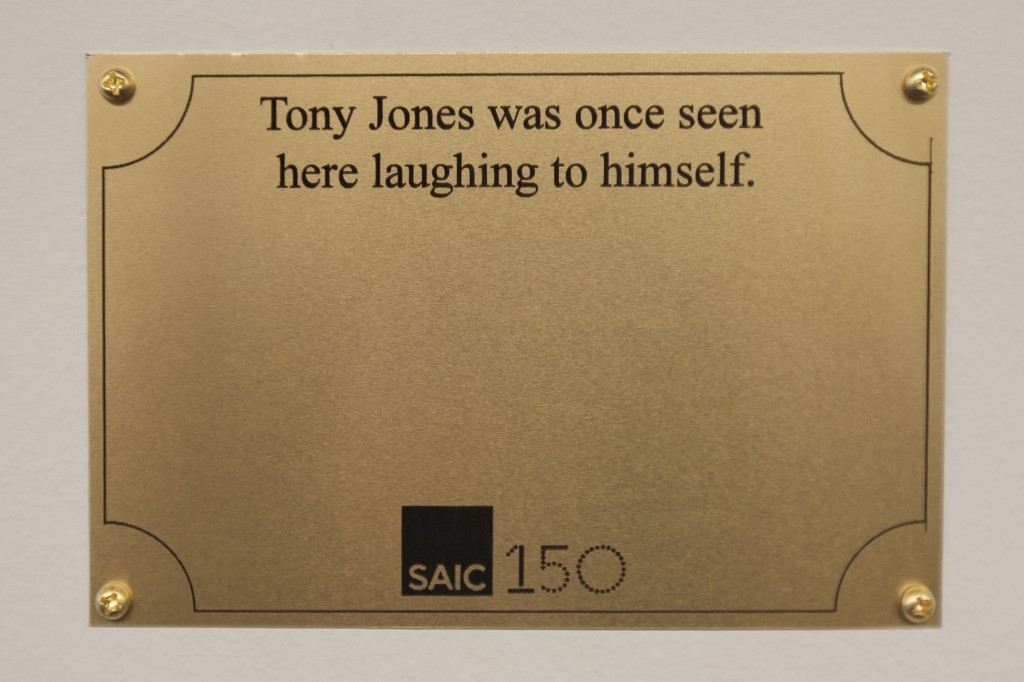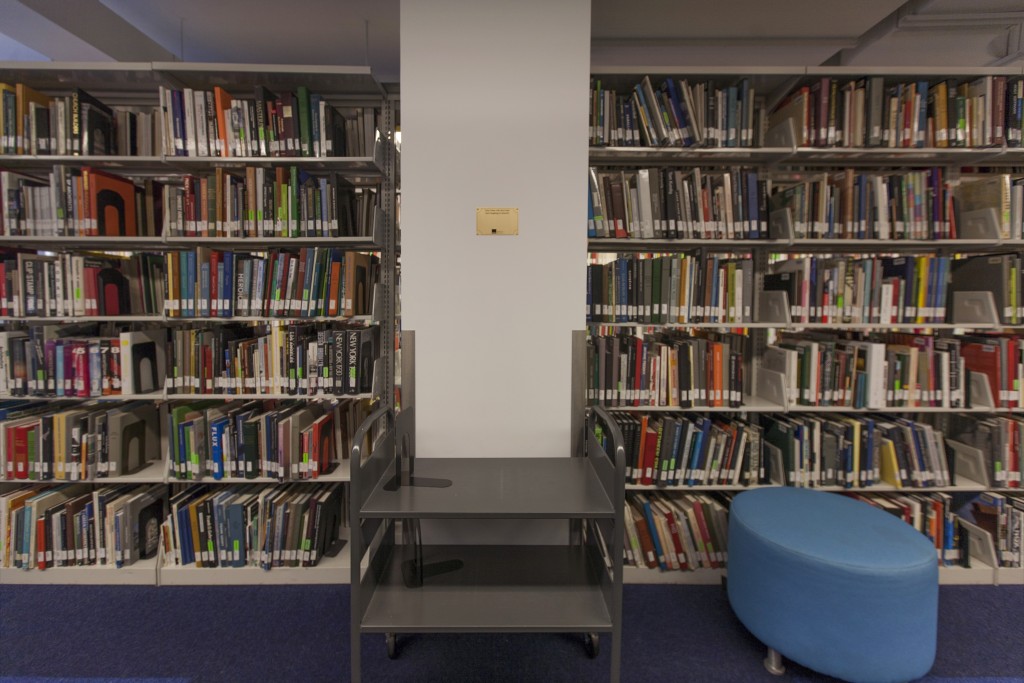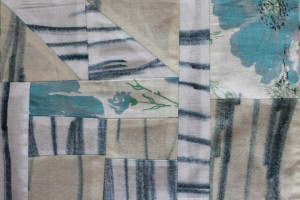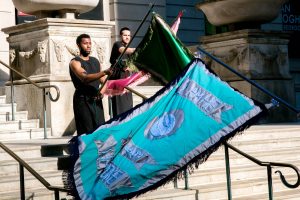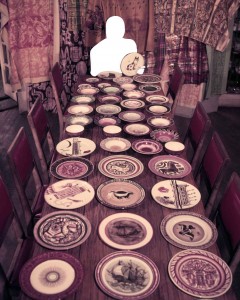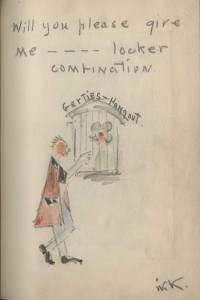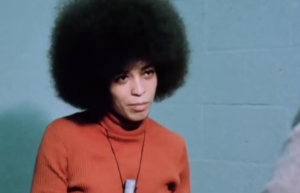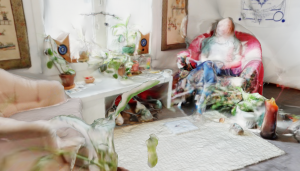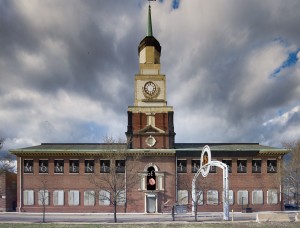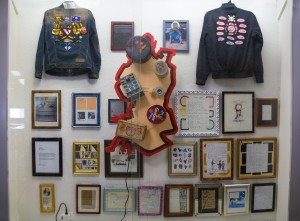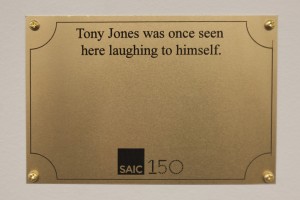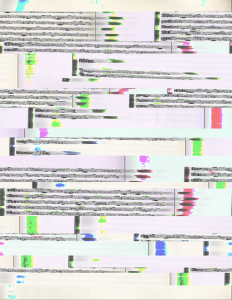John Berner (BFA 2017) works in photography and sculpture, primarily referencing environmental and socio-political concerns. His projects focus on the visual and written dialectic of the memorial, the commemorative and the monument. His current focus is on using his work to decode ‘artistic language’, in order to create a clear channel of understanding.
SAIC 150 Plaques is about tapping into the School of the Art Institute of Chicago’s institutional memory and giving it a physical manifestation, in order to form a bridge between the institution and the memories it builds. Through a series of commemorative brass plaques, the metaphysical makeup of the school is given a place for discovery and contemplation. This is, at it’s core, an examination of the shared experience of all those that have and will continue to interact with SAIC.
By reaching into the school archive, in discussion with witnesses of the schools evolution, John’s 150 plaques aim to build a network of memory shaped from the immaterial being that is associated with this school. SAIC’s historic energy is thus manifested in the physical plates, creating an encounter between the audience and a host of celebrated alumni, points of national controversy and the multitude of bodies that continue to pass through the schools doors.The highlights, lowlights and the day-to-day minutiae of a century and a half offer a wealth of opportunities for us to find the reflections of ourselves, within which we are invited to view the best and worst of who we are and who we wish to become.
On View: SAIC 150 Plaques can be found at numerous locations across SAIC Campus.
Last semester I finished with what I saw as the re-embodiment of the key figure in the School of the Art Institute of Chicago’s history, tracing a line of influence from long in the school’s past into its recent history. Bringing the spirit of her enthusiasm into the building after it had been mostly forgotten was my goal and I believe it was successful in doing just that. However I felt unsatisfied in having highlighted only this lone string that had tied together a handful of people. Hearing the stories from Jon Cates about the mental obstructions that had been built around erasing Phil Morton from the school’s institutional memory, and seeing first hand how quickly the presence of Barbara DeGenevieve had dissipated, I wanted to both begin to tie off new strings into a larger web of influence as well as give the memories that these strings would anchor around an authoritative voice in recognition of their importance.
Thinking about the language of memorial and commemoration at the time, I decided that the form of the commemorative plaque would be an ideal way to communicate clearly and concisely a moment in time that was both elevated, and discrete. With the plaque acting as my starting point I began to sort through what the language of the plaques would be. Often the point of a plaque is to convey as simply the who what where when as simply as possible, and then to eloquently describe the why and the how in a way that will spark the mind to clearly imagine the event that took place. I decided to adhere as closely as possible to this style and use variations within it to express a point of view in a subtle way.
My first hurdle to overcome once the basic form and style had been decided on was the actual execution of the plaque itself. My initial desire was to hand craft each one in order to instill a human presence with the moments, but the time necessary to complete them and the restraints to the writing I could include were too restricting. I then moved on to fiber laser etching in brass and was pleased with the new size and the official look they now took on, but the engraving would have taken additional measures to make easily visible on the surface, and overall the time and cost of creating them in this way would have put serious strains on the budget as well as my limited time.
What I ended up finding was an aluminum material that was brass colored and had a sensitized layer that would create a clean well defined image in black on the surface when used in conjunction with a CO2 laser cutter. Though lacking a bit of the gravity of the thicker solid brass plaques, these aluminum versions allowed me to worked much faster and with greater flexibility. Ultimately as I would gather stories and decide on placement, their lightweight, inexpensive almost throwaway nature would influence the way I would think about the project overall, shifting them from something firm and valuable to something fleeting and deceptively immaterial.
Having begun research through the archives to gather interesting pieces of history while I was doing material tests, I was now ready to make a stronger push for larger batches of material through outreach into faculty and alumni. In reaching out predominantly to others for their stories, I hoped to take my own hand out of the selection process as much as possible. If this work were to truly be reflective of a shared experience of the school throughout its history, then it would be up to me to communicate the meaning of the piece, and up to my contributors to create the content. After all it needs to be what they thought was important about their experience here, not what I thought.
With a steady stream of memories and events coming in, I began to shape my own contributions and allowed the tone that those were taking to inform my personal research. My goal with non-specific events was to make a comment on whatever larger truths I was seeing in contributions. “School is expensive,” “We’re sensitive here,” “There’s more structure than we think,” “We worship celebrity,” “We ignore what isn’t sexy,” “We are contrarian.” As I would gather each of these ideas and decide how they were best represented in the school’s current culture, I would try to delve into past examples in timeframes of the school that were less represented, using the challenge to see if I could pull these truths from any point in the school’s history. I was rarely disappointed, and it reinforced the perception that as different as the school has been, it has rarely changed at its core.
My final task (for now) was to install. Now with a handful of plaques and a concrete notion of the way I wanted them to be understood, the placement would be the final piece of context that I needed to provide. The largest decision in the process was what to do with the plaques addressing events that took place within the museum itself. The vast majority of plaques were directed at the museum and as such what I would decide to do with them would need to be my first decision. It was suggested that I could place a number of them in locations that were out of sight within the museum or that they could be located in one discrete area within the museum. It was also suggested by more than one person that I should try and hide them throughout the museum. What ultimately felt most appropriate to me though was to remove them completely from the museum itself. One of the truths that I had also discovered along the way was that the museum has spent a fair amount of time and energy slowly trying to distance itself from the school, and from the students specifically. One of the deepest resentments students now feel is a sense of not belonging within the famous institution that their own school founded. For this reason I decided to install these plaques in a transitionary location as close to their original location, gathered to represent the deep history tied to a now foreign location.
With this step I would begin the process of installing in locations no longer present, locations out of reach or obscured, and locations immediately evident and contemporary. Each decision meant to highlight an ever-evolving space of building, campus, city, and world. Expanding outward to create a literal web that represented SAIC culture’s spread. Occasionally confrontational, sometimes hidden, often in sight but unnoticed, I believe the plaques have become a direct representation of the institution’s memory, and a network of it’s culture. While some will last potentially for decades, others have already been stolen destroyed or upon the institution’s insistence, removed. They are material and they are ethereal.
From here I simply finish off the few remaining plaques remaining and complete their documentation. A simple representation of their content and context to the space they occupy will be used in order to organize them in a way that is both intuitive and expressive (as this whole project has aimed to do) Likely in print in some form and hopefully in a digital mapping that is more robust than what currently exists in Google Maps. With that I believe I will be able to step away from examining the school and it’s metaphysical structure and use these methodologies to begin interpreting new locations and institutions that I may find myself in.
